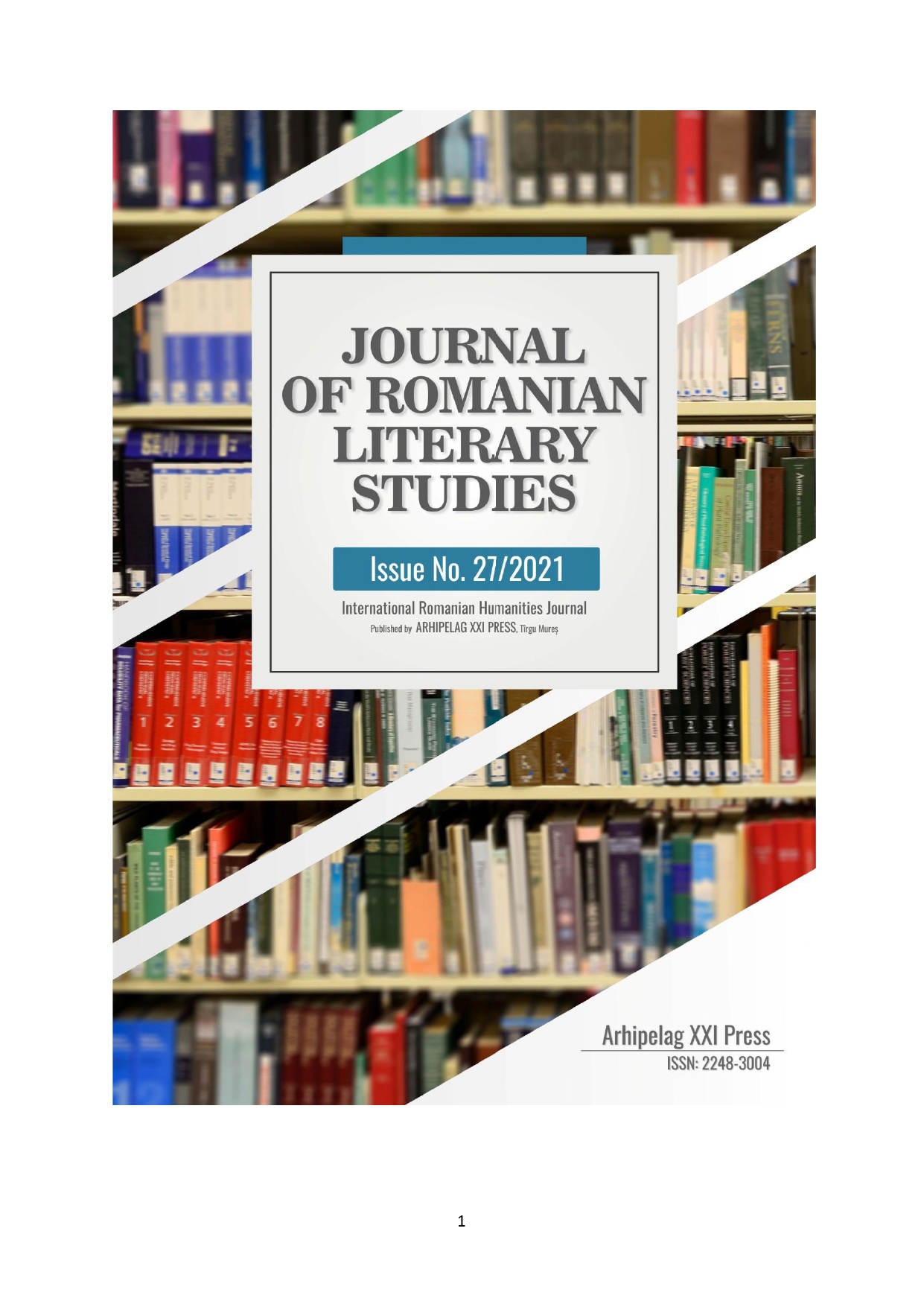CHITIGHAZ – O LOCALITATE CU POPULAȚIE ROMÂNEASCĂ DIN UNGARIA
CHITIGHAZ – A TOWN WITH ROMANIAN POPULATION IN HUNGARY
Author(s): Iudit CălinescuSubject(s): Customs / Folklore, Cultural Anthropology / Ethnology, Culture and social structure , Ethnic Minorities Studies
Published by: Editura Arhipelag XXI
Keywords: ethnic community; ethnological research; identity; minorities; traditions;
Summary/Abstract: Any ethnic community, in addition to the group of individuals linked by language, religion or cultural traditions and values, has a certain cohesion given by the geographical areas where these individuals lived, the forms of rural or urban coexistence being also those that defined the social and identity changes of the Romanian community in Hungary over time. When we talk about Romanians in Hungary, we must first consider the rural localities in which they lived and, for the most part, still live today. Rural communities are important places for ethnological research because villages can be seen as promoters of community development, here you can learn fundamental lessons about the past but also about community development. As for the Romanian historical community in Hungary, only through ethnological research on villages populated with Romanians can be made a pertinent analysis of the ways in which this community managed to preserve its Romanian identity after 1920. And in this context Chitighaz village had an important role within the community. Even if at present the number of Romanians in this historical community is low, I consider it important to analyze villages as Chitighaz, where Romanians once lived in large numbers, where there is a Romanian church and Romanian school, because each village has had a greater or lesser contribution, throughout history, to the life and transformations of the Romanian community in general.
Journal: Journal of Romanian Literary Studies
- Issue Year: 2021
- Issue No: 27
- Page Range: 263-275
- Page Count: 13
- Language: Romanian

